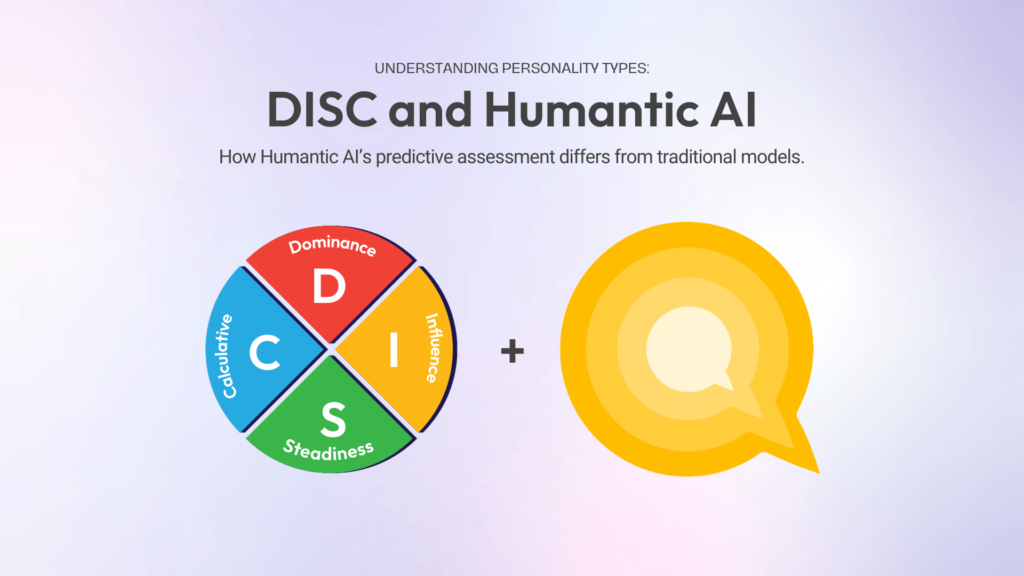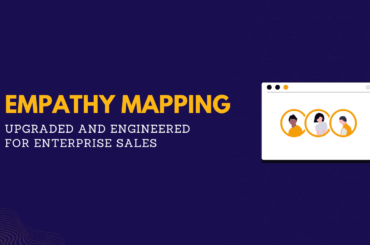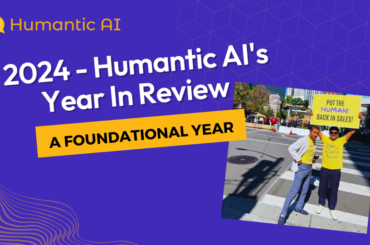DISC is a personality assessment framework that has evolved significantly since it was turned into a self-assessment by Walter Clarke in the 1950s. This is different from other popular personality assessments like MBTI and Big 5, which have largely stayed standardized over a long period of time.
When William Martson defined DISC, he defined four personality traits: dominance, inducement, submission, and compliance. However today, these traits have evolved into dominance, influence, steadiness and conscientiousness / calculativeness.
Also, the fact that DISC is not proprietary has led to various adaptations based on the same principles or even definitions. The popular ‘Insights Profile’ for example is quite similar to DISC, but does not mention any reference to DISC at all.
The earliest tests also define 8 (or sometimes 12) personality “types” based on these traits.
However, over time, as the demand for granularity has increased, various providers have developed personality types further. Today, different vendors provide varied levels of granularity, from 16 types to 41 blends as one likes to call it.
At Humantic AI, we currently classify people into 36 personality types.
This ‘flexibility’ in leveraging DISC often confuses many DISC users and believers. While some of them could have used DISC for a long time and developed practical expertise, they might not have necessarily become experts at the theory and science of it.
The rest of this article lists some common reasons that confuse users who have taken a traditional (or different type) of DISC assessment in the past.
If someone has taken a 12 or 16 type assessment in the past but now compares it to their Humantic assessment which boasts of 36 types, it is but natural that more than 50% of the people will see a different personality type. For example, the traditional assessments do not have a DS personality type. Or a DI personality type that is separate from di or Di type. Neither do a vast majority have the ‘3 attribute types’, which very few assessments provide. (‘3 attribute types’ are personality types like ‘DSC’ or ‘IdS’ where someone is strong on not 1 or 2 but 3 dimensions. See the link above for more.)
The second biggest reason that people fail to take into account is the predictive (or deductive) accuracy of each instrument. While different instruments vary significantly in their accuracy, let us assume for a minute that all instruments are 80% accurate in providing the correct result. This means that if you compare the results from 2 different instruments, one older and one newer, they will be the same only 64% of the time!
However, rather than understanding that both the new and old instruments have their limitations, users inherently tend to regard their earlier assessment as the benchmark. And instead of attributing the 36% difference evenly, they tend to attribute it towards the new instrument as an inaccuracy. Which, ironically, is a very inaccurate way of doing error attribution!
| (At Humantic AI, we communicate clearly to not expect less than 80% or more than 85% accuracy when reviewing across a large enough sample. It is also good to remember that Humantic transparently displays a ‘Confidence Score’ based on the data available, and when that is low, inaccuracy can be higher. We have also observed that the Humantic algorithm tends to score slightly higher on ‘S’ attribute in a few cases. The occurrence of this is limited to very specific circumstances, so this is something that we will improve in a future version. In the meantime, if you notice someone with a ‘DSI’ type, think of it as the equivalent of ‘DI’ or ‘DIs’ personality type. The insights as well as AI-email personalization are already built to handle this scenario). Note: As of August 15, 2024, the high S score deviation has been fixed. A few more improvements have been made as well. |
The third reason for the gap is often the perception of the person. In the world of sales, data shows that D type personalities tend to be more successful at hitting their goals. Hence there is often a strong fascination for being a D type personality (or more specifically, a DI type personality). However, what is often forgotten is that D type personality is the rarest type of personality. Extended Disc, a popular provider of DISC assessments, states that only 9% of the people tend to have a D type personality. Another large-scale study says that only 3% of the people have a D type personality. Even when it comes specifically to business or sales, this study shows that less than 30% of the people are likely to have a D type personality, as the table below shows.
It is prudent to remember that a vast majority of the salespeople are not D type personalities and they still do extremely well. In fact, it can be argued that the changing nature of selling provides an avenue for an entirely different type of seller to be successful than the traditional ‘alpha’ seller.
The data above also highlights another critical factor that is often missed – that our behavior changes significantly with the context. At Humantic AI, we try to predict the DISC profile of a person as a ‘buyer’, not as a ‘seller’. Whereas most traditional assessments have been calibrated to provide an assessment of a test-taker as a seller. While the difference is not significant in many cases, it can be materially different for many people.
The final reason why AI based assessments can be different from traditional assessments is because of the scale they use. While traditional assessments use an absolute scale, AI based assessments often leverage something called the ‘normal curve’, which essentially means that they follow a relative scale. To understand this, let us take an easy to understand example.
Let us say that 100 people lifted a weight between 200 and 220 kilos. If a test labeled those lifting 200-210 kilos as strong and those lifting 211-220 kilos as very strong, then everyone will be either ‘strong’ or ‘very strong’ on this traditional test, which is absolute in nature.
However, on a relative test, the person lifting 200 kilos would be the weakest out of the 100 participants. This is how AI based assessments see people differently than the traditional assessments.
If you are someone who is trying to understand the differences between the results of a traditional assessment and an AI based assessment, keeping an open mind instead of being dismissive is perhaps a good starting point. Even if you have taken DISC assessment repeatedly, keep in mind that DISC is known to have high test-retest reliability, but low validity. Which means that even if you have taken a DISC assessment 5 times and it was the same every type, it does not necessarily mean that it is predicting your selling or buying style accurately. You should also be aware that most assessments do not handle special cases very well. Almost all traditional assessments will squeeze a person into the 12 or 16 buckets, even when they clearly don’t belong there. Whereas Humantic’s much-wider range ensures that there is very little squeezing involved.
It is equally important to keep in mind that AI based assessments are proven to be more accurate than at least the human judgment, on the average.
Another recommended exercise would be to ask 3 people (who you believe know you really well) what is their perception of your personality, and specifically as a buyer. Chances are that the answer will both surprise and enlighten you!



